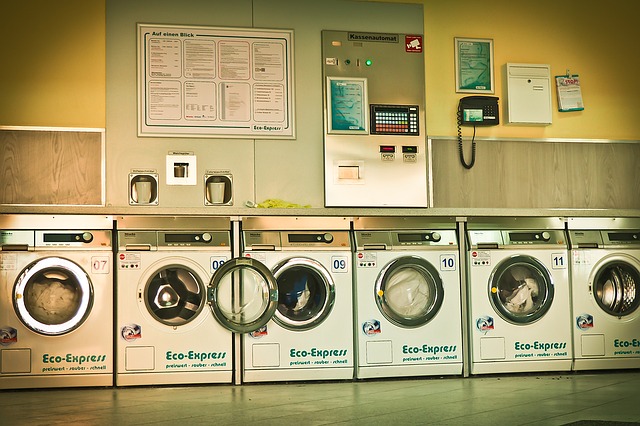Electrical equipment
BS 7671 (IET Wiring Regulations) defines ‘electrical equipment’ as:
| Any item for such purposes as generation, conversion, transmission, distribution or utilisation of electrical energy, such as machines, transformers, apparatus, measuring instruments, protective devices, wiring systems, accessories, appliances and luminaires. |
Electrical equipment within a building would therefore cover all of the items above – whether they are installed and ‘fixed’ as part of a fixed installation (and hence covered under BS 7671) or provided ‘loose’ by a building user and simply plugged in - typically referred to as a freestanding appliance.
One often misunderstood point is that wiring systems, such as cabling systems, busbar trunking and the like, are classified as ‘equipment’ under BS 7671. This is because, unarguably, they serve the purpose of transmission and distribution of electrical energy.
It is also essential that in the classification of equipment, whether or not it forms part of the fixed installation, is also made clear. This will vary from one building to another. This detail is essential when considering work such as ongoing maintenance or periodic testing and inspection.
--ECA
[edit] Related articles on Designing Buildings Wiki
- Articles about electricity.
- BS 7671 (IET Wiring Regulations)
- Consumer electronics.
- Consumer units.
- ECA articles.
- Electric lock.
- Electric motor.
- Electrical appliance.
- Electrical component.
- Electrical consumption.
- Electrical energy.
- Electrical installation.
- Electrical power.
- Electrical safety.
- Electrician.
- Electricity supply.
- Electrical system.
- Glossary of electrical terms.
Featured articles and news
Amendment to the GB Energy Bill welcomed by ECA
Move prevents nationally-owned energy company from investing in solar panels produced by modern slavery.
Gregor Harvie argues that AI is state-sanctioned theft of IP.
Heat pumps, vehicle chargers and heating appliances must be sold with smart functionality.
Experimental AI housing target help for councils
Experimental AI could help councils meet housing targets by digitising records.
New-style degrees set for reformed ARB accreditation
Following the ARB Tomorrow's Architects competency outcomes for Architects.
BSRIA Occupant Wellbeing survey BOW
Occupant satisfaction and wellbeing tool inc. physical environment, indoor facilities, functionality and accessibility.
Preserving, waterproofing and decorating buildings.
Many resources for visitors aswell as new features for members.
Using technology to empower communities
The Community data platform; capturing the DNA of a place and fostering participation, for better design.
Heat pump and wind turbine sound calculations for PDRs
MCS publish updated sound calculation standards for permitted development installations.
Homes England creates largest housing-led site in the North
Successful, 34 hectare land acquisition with the residential allocation now completed.
Scottish apprenticeship training proposals
General support although better accountability and transparency is sought.
The history of building regulations
A story of belated action in response to crisis.
Moisture, fire safety and emerging trends in living walls
How wet is your wall?
Current policy explained and newly published consultation by the UK and Welsh Governments.
British architecture 1919–39. Book review.
Conservation of listed prefabs in Moseley.
Energy industry calls for urgent reform.


























